How 100 Days of Anti-Dieting Changed My Life
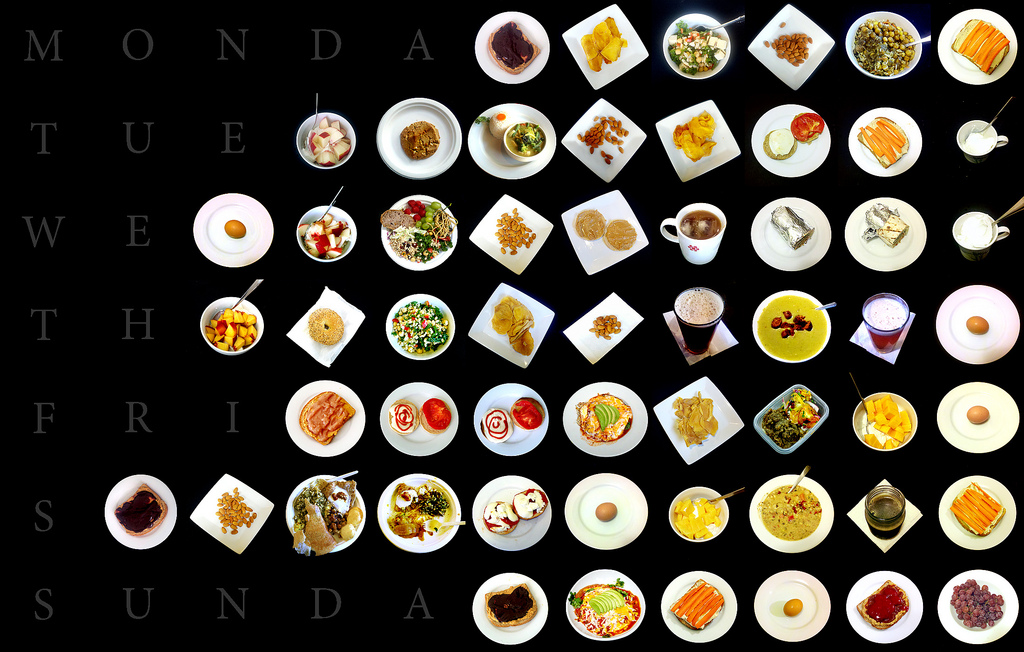
Editor’s Note: Today’s guest post is about how one woman, Shaunta Grimes, is currently breaking through the cycle of yo-yo dieting and she offers tips on how you can do it too.
***
I’ve struggled with disordered eating for thirty years, and I’ve been an advocate for Health at Every Size (HAES) for three years. I believe that intuitive eating, joyful exercise, and body acceptance are the path to better health and well being. Unfortunately, in December 2013, I was struggling to practice what I preached. I was stressed out, exhausted, in pain, swollen, and miserable. By four p.m. every afternoon, my whole body shut down. Something had to give.
I came across the GoKaleo blog that linked to a calculator that opened my eyes. I’d believed, for the three years of my HAES journey, that I was eating 1800 calories most days. That number was like magic to me: high enough to not be confused with a diet, low enough to make me a good fattie. Something clicked though, and for the first time I was able to see that I was far, far from intuitive eating. I had been on a constant restrict/binge cycle—not only for the last three years, but for most of my life. Despite my intentions, I was still caught in my lifelong pattern of disordered eating.
I had to do something to feel better. I decided to try eating at least a couple hundred calories above my Base Metabolic Rate (BMR) for 100 days. Everyone has a BMR—it’s the number of calories your body needs to keep your organs functioning. You would need this number of calories if you were lying in a coma. (This is different from your Total Daily Energy Expenditure, or TDEE, which is the number of calories needed to maintain your weight.) According to the calculators I found, my BMR is about 2300 calories and without exercise my TDEE is 3100 calories. I made my goal to eat a minimum of 2500 net calories a day, meaning a minimum of 2500 calories plus the number of calories I burned during exercise on any given day.
I used My Fitness Pal to track. Data is the biggest trigger for me. Those numbers do something to me that isn’t pretty. I’d failed, miserably, at trying to eat intuitively, though, so I decided to try tracking with an eye toward a minimum number of calories (at least 2500) rather than a maximum (no more than 1800.) The 100 day deadline was a comfort to me, because I thought it was long enough for me to be able to tell if it was helping me, but not so long that I’d either A) need a crane to get me out of my house or B) spiral all the way into disordered-eating hell.
On a whim, I also made a commitment to exercising 10 minutes a day.
I revived my mostly-dead Tumblr page and started to blog about my 100 Day Experiment. My goals were to increase energy, reduce pain, and improve sleep. I was prepared to gain weight. At that point, I didn’t care. I already weighed 360 pounds. What was a few more? I’d never heard of anyone outside of bodybuilders purposefully eating more than 2500 calories a day. I didn’t weigh myself or take pictures on day one—this was not a weight loss program.
By week three, my 10 minutes a day of exercise when from things like throwing a tennis ball to my dog to swimming and weight lifting. I was able to continue to exercise after my school semester started in late January, something that I’d never been able to do before. By that time, I had so much energy that I had to retrain myself to settle down and go to bed at night when I wasn’t fatigued to the point of exhaustion.
Within the first half of my experiment, I knew it was a success. I had energy to last me through the entire day with no more total body shut downs at all. I went from taking an OTC sleep aid five days a week to none at all, and from needing OTC pain medication most days to not needing it at all. I went from waking up several times a night to sleeping eight solid hours with no interruption. In other words, I increased my energy, decreased my pain, and improved my sleep far beyond what I thought was possible, in a matter of weeks.
My husband convinced me to take some pictures about three weeks into my experiment, when it was obvious that I wasn’t going to gain weight from eating at least 2500 calories a day. I did, at the gym, and at the end of my 100 days (which ended on March 25), I recreated those photos.
This was never about weight loss. HAES is not about weight loss at all. It’s a weight neutral program for improving health. I knew long before my 100 days were over that I would never go back to the patterns that had left me feeling like road kill. But I also learned that when you start to take care of your body, your body will start to seek out it’s natural weight.
Over the course of my 100 Day Experiment I lost about 15 pounds—I went from about 360 pounds to about 345. When I look at the pictures above, what I see is so far out of context to that small weight loss. The body on the left had energy to last through dinner. The body on the right never struggles with having enough energy anymore. The body on the left swam 150 meters that day and it took everything she had. The body on the left swam 1200 meters that day—just a couple of months later.
Eating enough everyday, instead of constantly cycling between not eating enough and eating too much has changed my life. It’s given me the energy to be more physically active and to start to live my life instead of watching it pass by while I spent my time feeling awful. Despite the fact that I’m still tracking my calories—a very diet-like behavior—it’s brought me closer than I have ever been to intuitive eating. I feel closer to being free of disordered eating and obsession with food than I have ever been.
I immediately started a second 100 Day Experiment when the first one was done. This time, several of my blog readers are playing along. Calorie tracking isn’t for everyone. Not everyone needs it, for one thing. If you’re already eating to your appetite and hunger signals, there’s no need. But if you’re like me, struggling to give up the idea that a good fat person doesn’t overeat and holding on to old diet rules about how much you need to eat, then taking the diet trope of calorie tracking and subverting it so that it fits you needs might help.
Every Tuesday I send out a 100 Day Experiment newsletter. If you’re interested in receiving it, please click here and enter your email address. Subscribers get a free copy of my Anti-Dieting primer.
* * *
Shaunta Grimes is the author of Viral Nation and Rebel Nation. She lives in Reno, Nevada with her family and a pretty yellow dog named Maybelline Scout. Visit her blog or check her out at Fierce Freethinking Fatties.

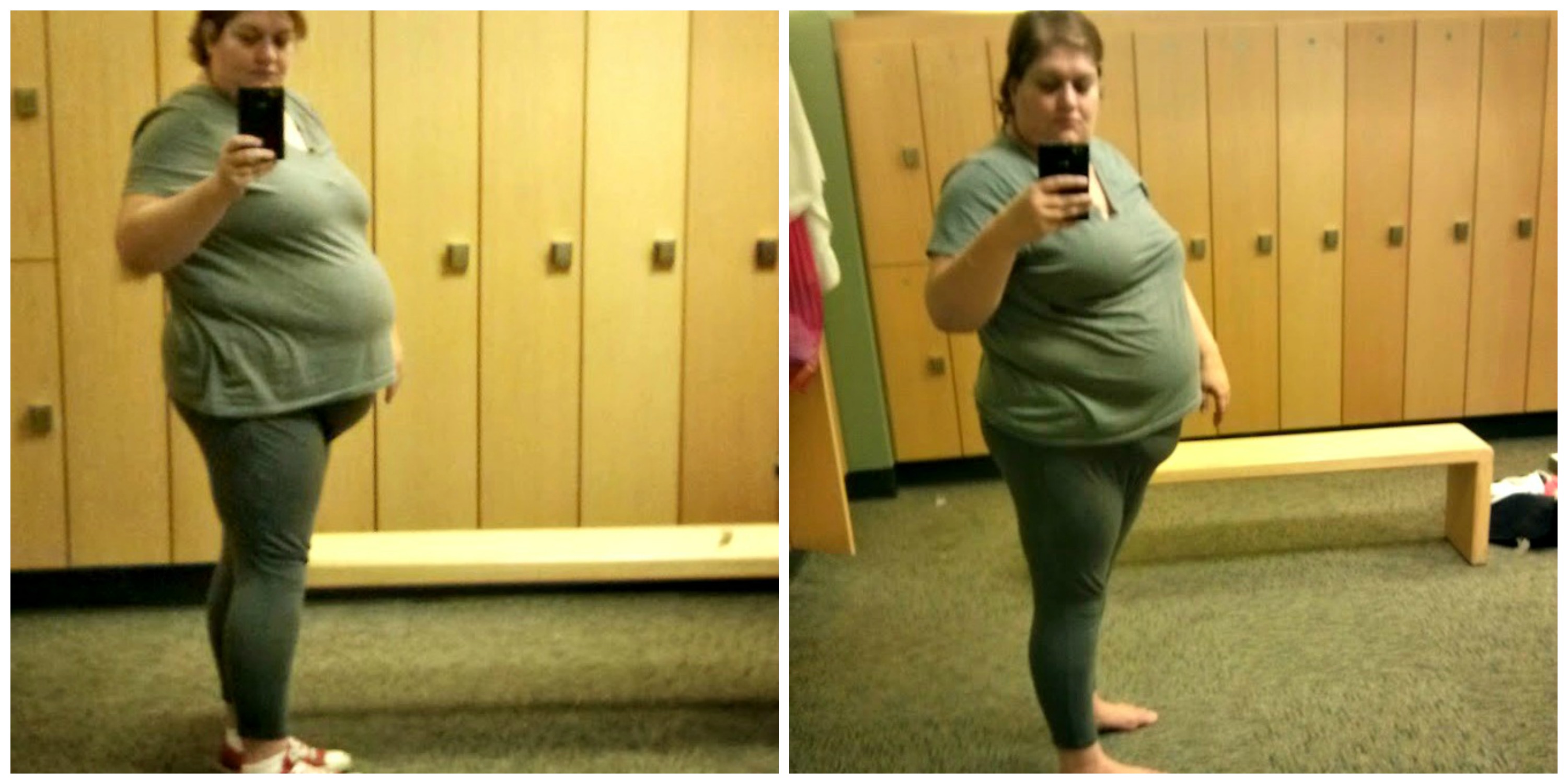
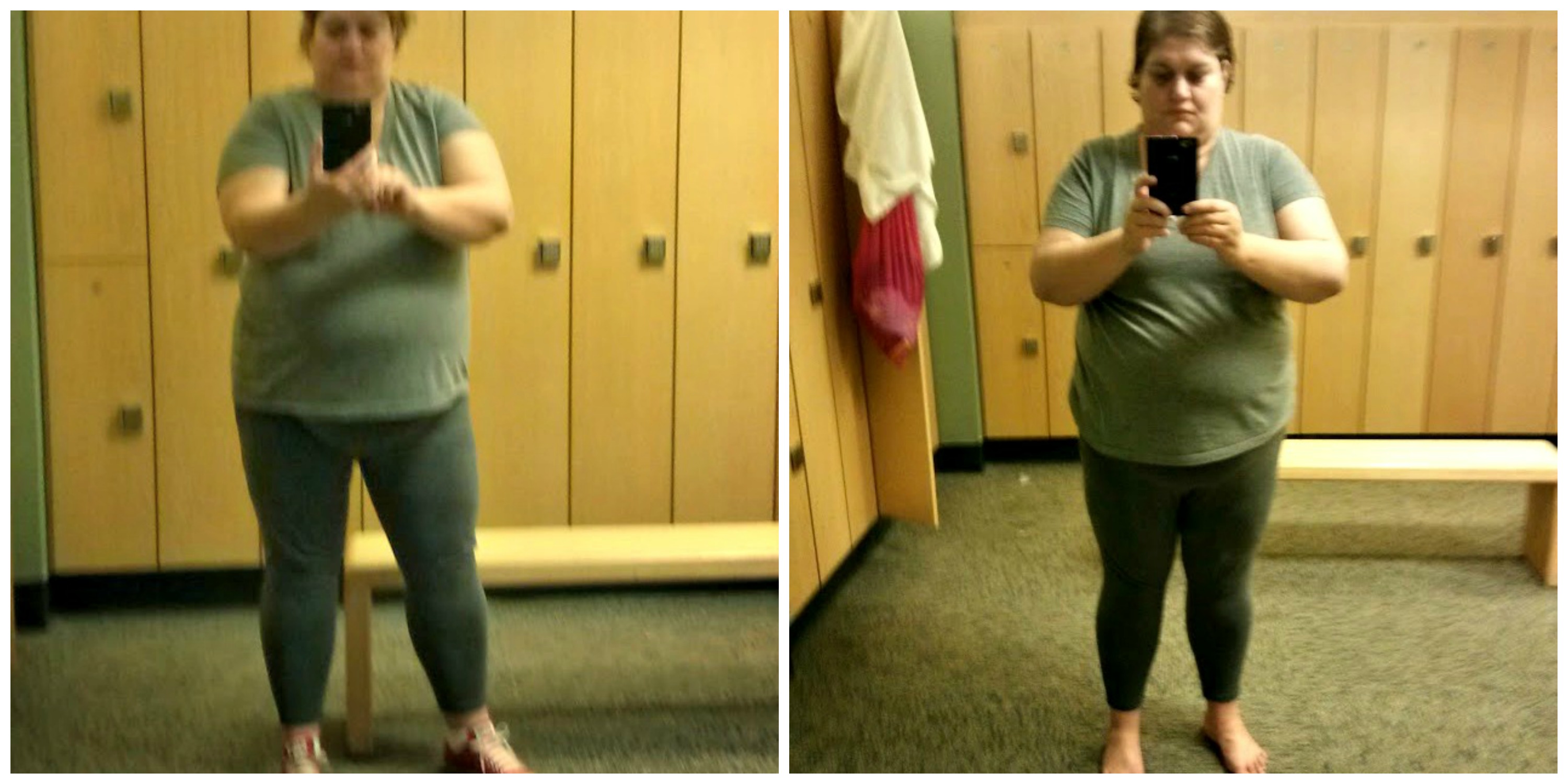

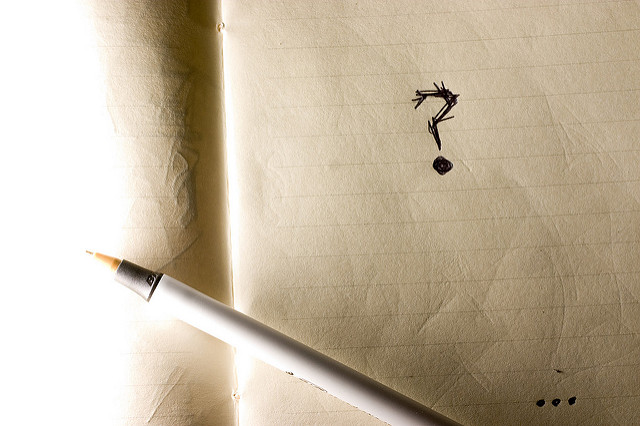

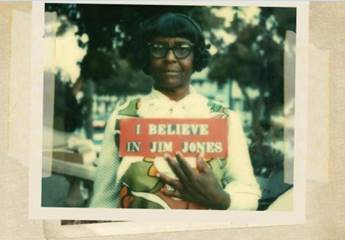
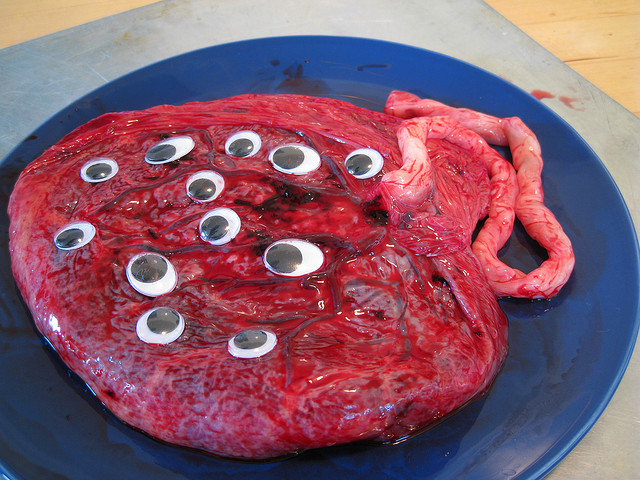
Congratulations on finding a healthier way to eat. It is terrible the way we are taught to ignore what our bodies need.
Intuitive eating: is it eating what you think your body wants, or what you feel like eating? I am lucky enough not to have a disordered eating problem, but I do eat too much sugar. I eat what I feel like eating, and that’s usually a reasonable amount of healthy-ish food. But when I’m tired or depressed I crave food that will give me momentary pleasure (usually sweets) to give me relief from the deadly lethargy and lowness I have. I am pretty sure I feel worse after eating too much sugar. So I’m guessing intuitive eating would not include eating what one craves necessarily, but what one knows will satisfy hunger?
I wish I could find a way of eating that would give me more energy though. I tried cutting all carbs in the hopes of feeling less exhausted, but it didn’t do anything to my energy levels, either positive or negative.
Intuitive eating is about listening to your body. So–eating when you are hungry, enough to be full, then stopping. Also removing the good/bad morality from food. And listening to how your body feels when you eat something. If too much sugar makes you feel bad, then listen to that at least most of the time. I’m all about autonomy though–no lists of foods that are no-nos. So if you’re having a party or you’re feeling blue or whatever, you might think about how you feel when you eat too much chocolate, and decide it’s worth it just for that day. I hope that makes sense.
I couldn’t do no carbs either, for the same reason.
Thanks – that makes perfect sense.
Intuitive eating does include eating whatever your body feels like and paying attention to how it makes you feel. Indulging cravings without judgment or food moralizing helps stop the binge/restrict cycle and ease cravings in the long run.
Yes, this! I’ve noticed that this especially worked for me with sweets. Getting rid of the fear of eating them, or the idea that I was out of control or addicted, and just eating them when I wanted to (which was a lot in the beginning) has resulted in no more red-alert cravings.
There’s a lot more going on there than any scale would show. I’m managing diabetes via low carbohydrate and exercise. Down 30 lbs since diagnosis HbA1c stable at 5.3, having been 9.2. I had already drifted down from a much heavier maximum back in ’02.
I’ve felt hungry, craved nuts, and otherwise felt dubious about my regimen. I’m pretty sure I DON’T want to try to get by doing the calorie reduction do-si-do. It never worked before and I see no reason to expect it to now. I’ve signed up for the newsletter, will see what Shauna has to say…
John, I don’t have diabetes or any other medical condition that I have to control via diet. Definitely follow medical advice over my blog post! But if you’re feeling hungry, maybe see a registered dietitian to get some advice on how much you need to eat? Or on how you can incorporate more satisfying foods into your diet? I love my RD so much. And I’m so glad you subscribed! I hope you enjoy it.